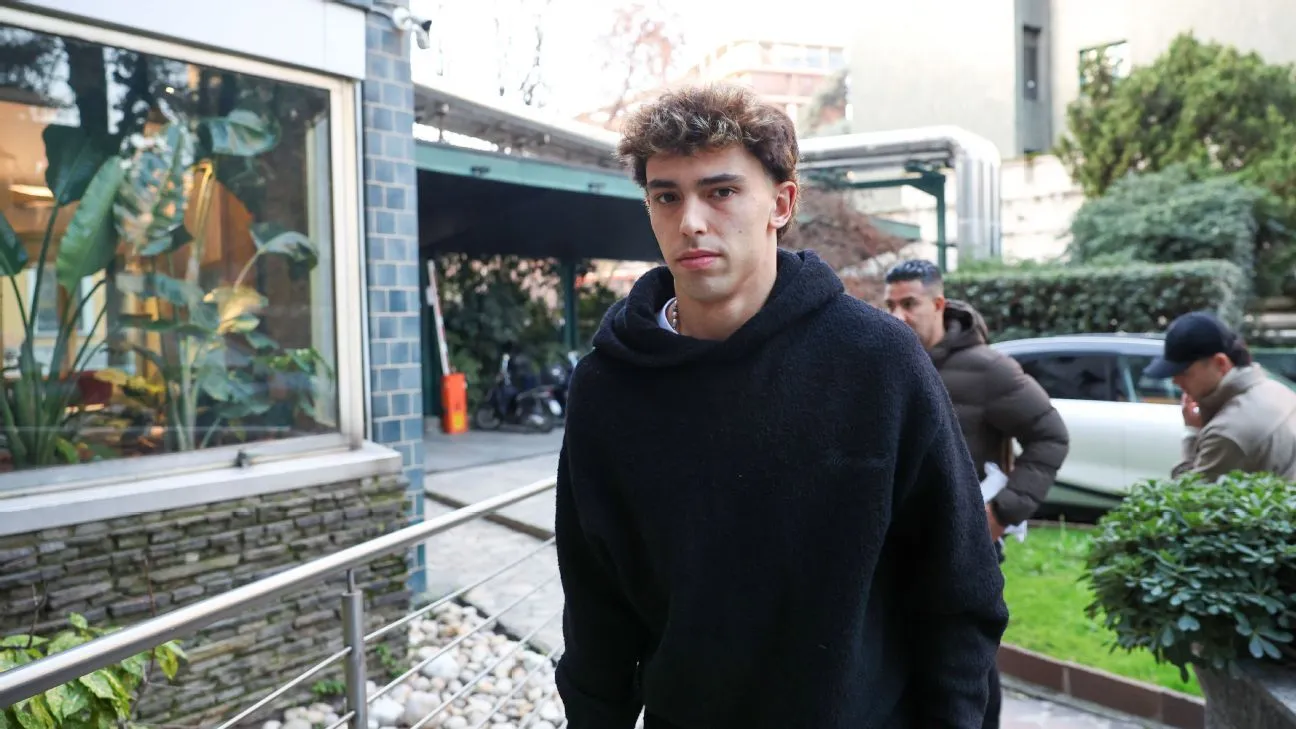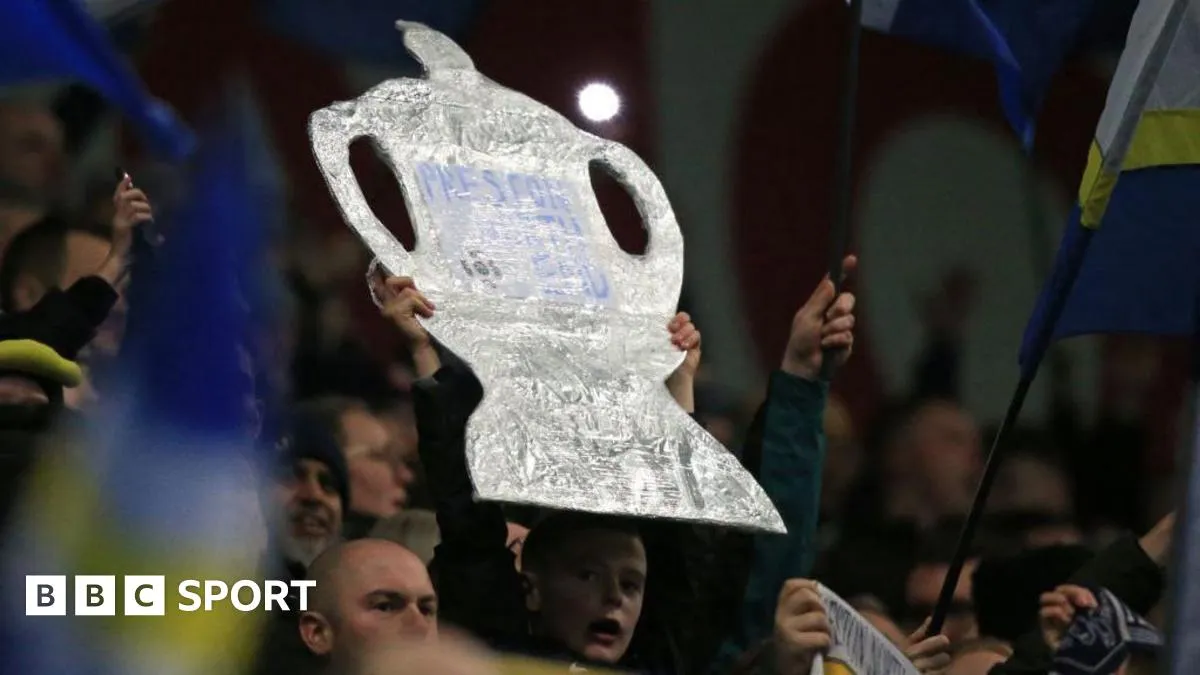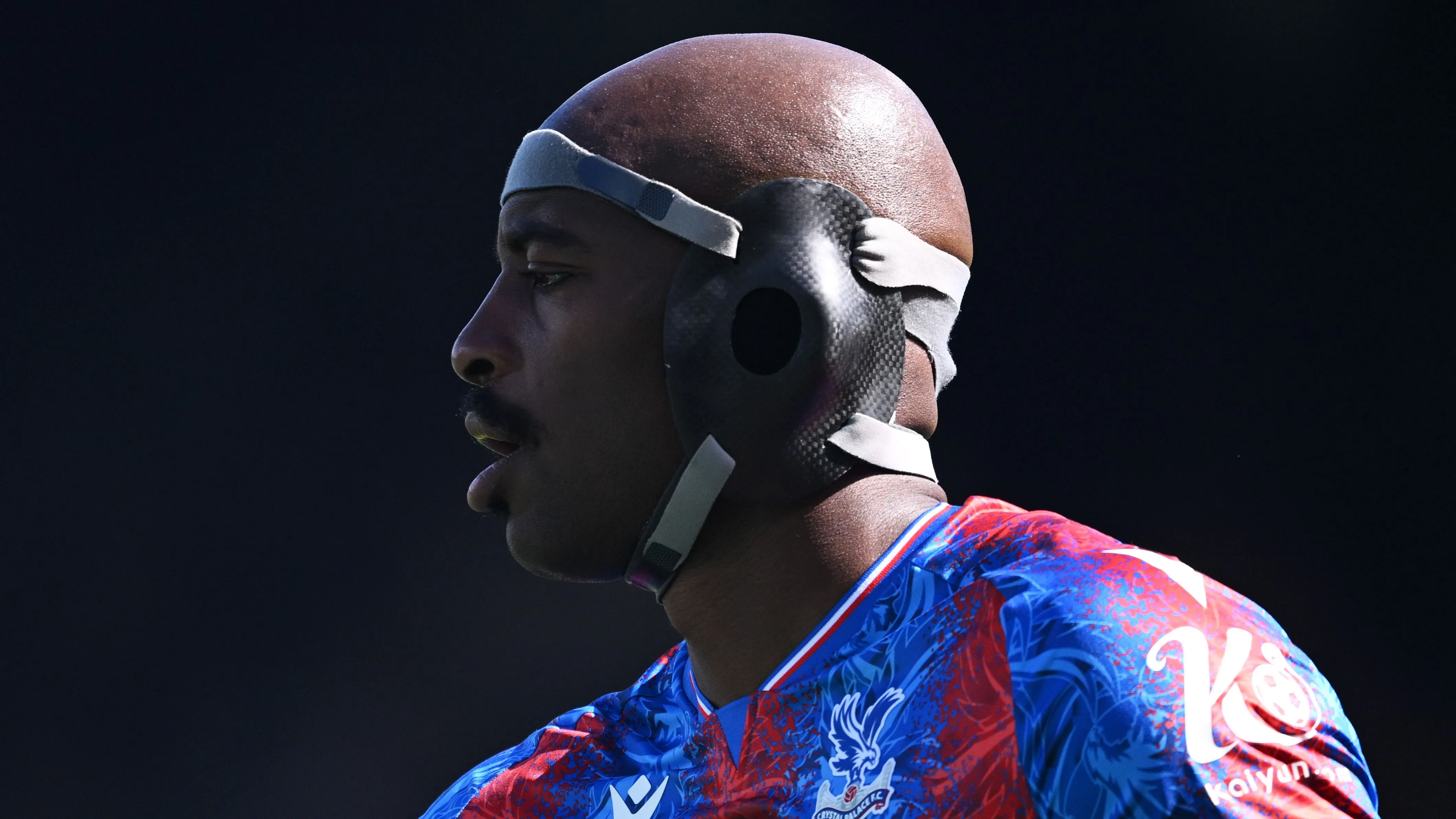
The winter transfer window has closed, offering intriguing insights into football clubs' spending patterns and strategic approaches. Most top-tier teams showed remarkable restraint, with the top nine clubs in Spain and leading teams in Italy and Germany making no significant additions to their starting lineups.
Manchester City emerged as the notable exception, investing a staggering €218 million in net spending to secure five players - surpassing the combined spending of the next four biggest spenders in Europe's top five leagues. Interestingly, besides RB Leipzig and City, the other major spenders were predominantly clubs fighting relegation battles, suggesting possible panic buying.
The landscape of transfer fees reveals interesting patterns beyond surface-level transactions. Excluding Saudi Pro League transfers and Manchester City's spending spree, significant moves included Khvicha Kvaratskhelia to Paris Saint-Germain and Luiz Henrique's puzzling move to Zenit St. Petersburg. Milan's €32 million acquisition of Santiago Giménez from Feyenoord stands as one of the few "normal" big-team transfers aimed at immediate impact.
Loan deals have evolved from being merely youth development tools to becoming sophisticated financial instruments. Even prestigious clubs now regularly utilize loans to manage high-earning players who don't fit into their managers' plans. These arrangements often involve complex financial engineering, with parent clubs frequently subsidizing wages, as seen in cases like Marcus Rashford and Raheem Sterling.
The João Félix saga particularly exemplifies the intricate dynamics of modern football transfers. Despite being the fifth-most expensive player in history when he joined Atletico Madrid for €126 million, Felix has struggled with consistency and injuries, never starting more than 21 league games in a season. His latest move to Milan, facilitated by super-agent Jorge Mendes, raises eyebrows given his salary and the presence of established players like Christian Pulisic and Rafael Leão in similar positions.
These January window developments reflect broader trends in football's financial landscape, where clubs increasingly seek creative solutions to balance competitive ambitions with financial constraints. The prevalence of loan deals with various clauses and options demonstrates how the transfer market continues to evolve, with clubs adapting their strategies to navigate both sporting and economic challenges.










